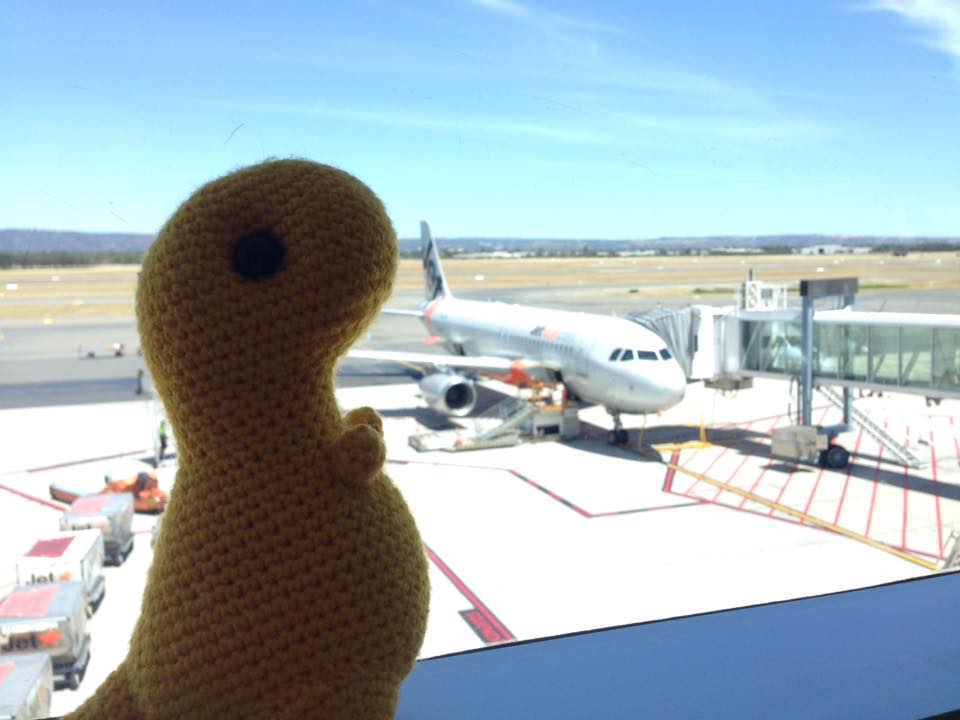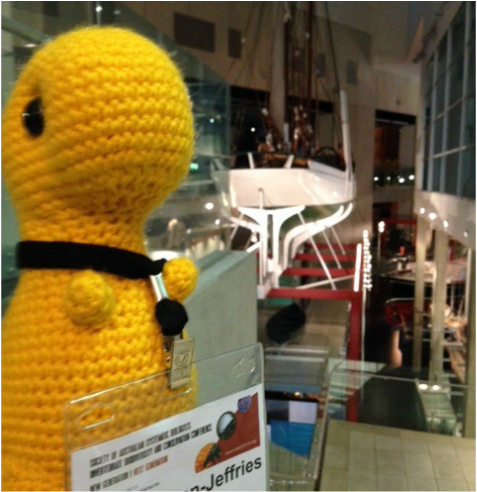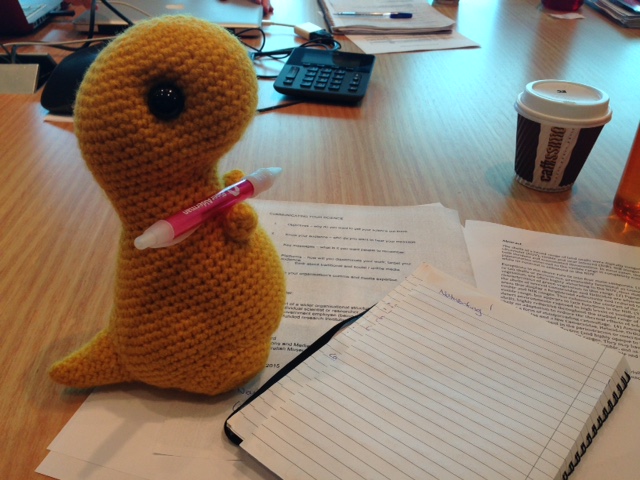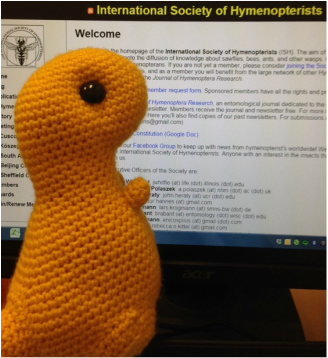They do. It's often the only time they get to meet up with collaborators or other people in their field face-to-face. Scientific conferences are generally a few days in length, and most of the people going will either give a talk about their work or make a poster, which will hang in the conference venue for people to read.
Conferences are an awesome opportunity to introduce yourself to people you might want to collaborate with in the future, meet some peers in a similar field, or get a chance to talk to that semi-famous scientist whose papers you've cited a hundred times but never met. Sometimes it's also just really nice to get out of the office/lab and get re-inspired by the creative research other people are doing!
Mustard and I are at the joint conference of the Society of Australian Systematic Biologists and the Invertebrate Biodiversity and Conservation group in Fremantle, WA.
Conferences are an awesome opportunity to introduce yourself to people you might want to collaborate with in the future, meet some peers in a similar field, or get a chance to talk to that semi-famous scientist whose papers you've cited a hundred times but never met. Sometimes it's also just really nice to get out of the office/lab and get re-inspired by the creative research other people are doing!
Mustard and I are at the joint conference of the Society of Australian Systematic Biologists and the Invertebrate Biodiversity and Conservation group in Fremantle, WA.
The first day of the conference was a workshop on career development that was targeted primarily for PhD and early career researchers, and women in particular. It was run by the amazing Dr. Nerida Wilson of the Western Australian Museum, and had some great speakers giving us tips on everything from grant writing to balancing your work and your life. We had sessions on networking, abstract writing, mental resilience for working in science, and some suggestions for job applications and managing your career path. It was a pretty useful day, and a great opportunity to meet some other cool female scientists in a relaxed setting.
Tomorrow the conference begins properly!
Tomorrow the conference begins properly!




 RSS Feed
RSS Feed
